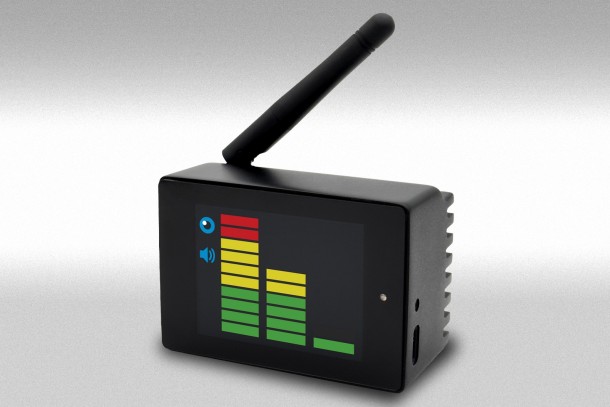My cart
You currently do not have any products in your cart.
Home Product Information Target Blu Eye GO
Following the success of the first and second generation Blu Eye, TRACK Technologies is now expanding its lineup with an entirely new product: Blu Eye GO. Built on the same proven technology, Blu Eye GO is designed for those who value flexibility. It offers the same intelligent emergency service detection, but in a compact, portable system that requires no permanent installation. Ideal for drivers of multiple vehicles or those without installation options. With Blu Eye GO, advanced traffic alert technology is now accessible to an even broader group of road users.
The display now shows up to three emergency services at the same time. Useful when you assume that merging ambulance on the highway triggered your alert, but a quick glance at your display reveals there’s another emergency service nearby. Because being warned is being prepared, three times over.
